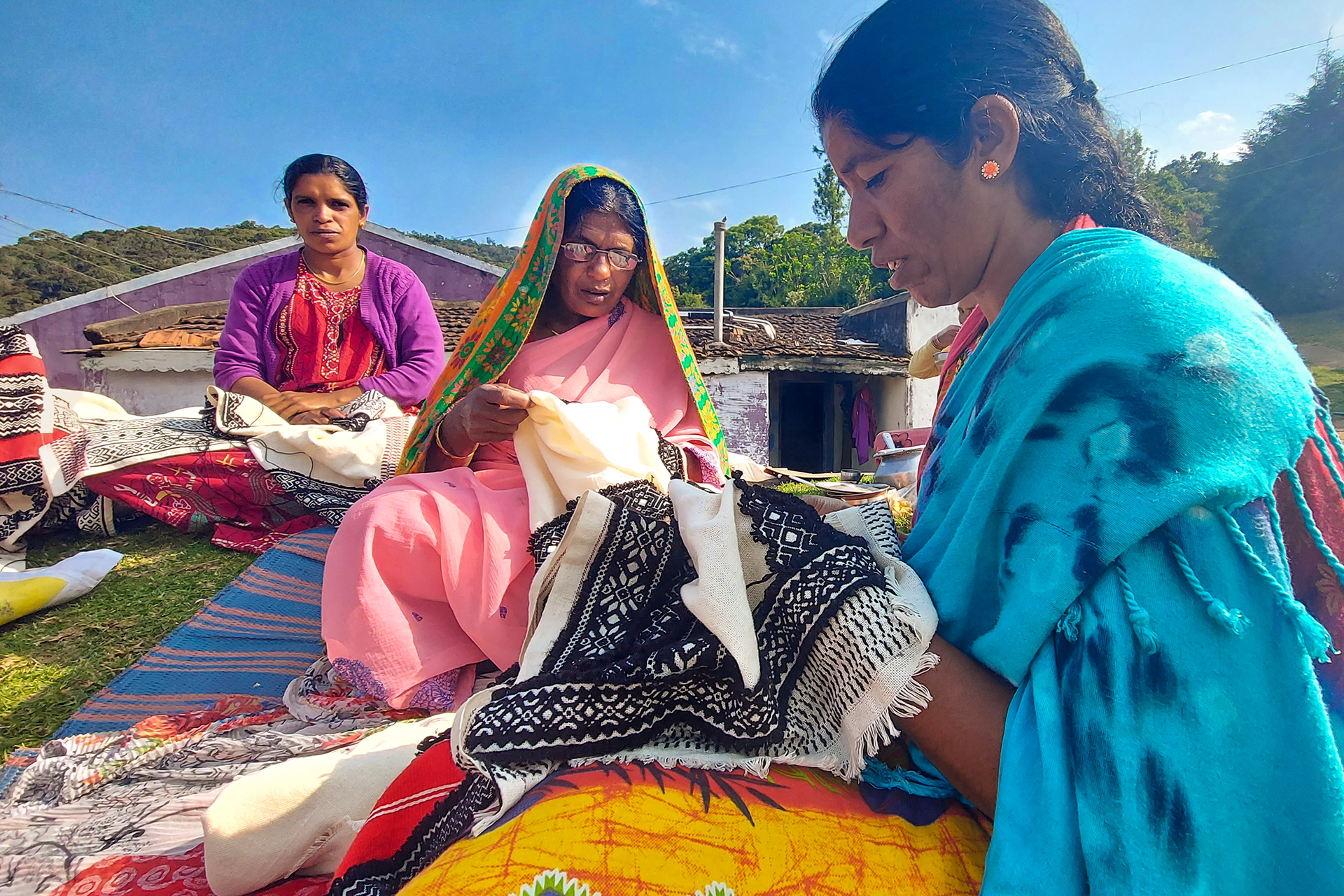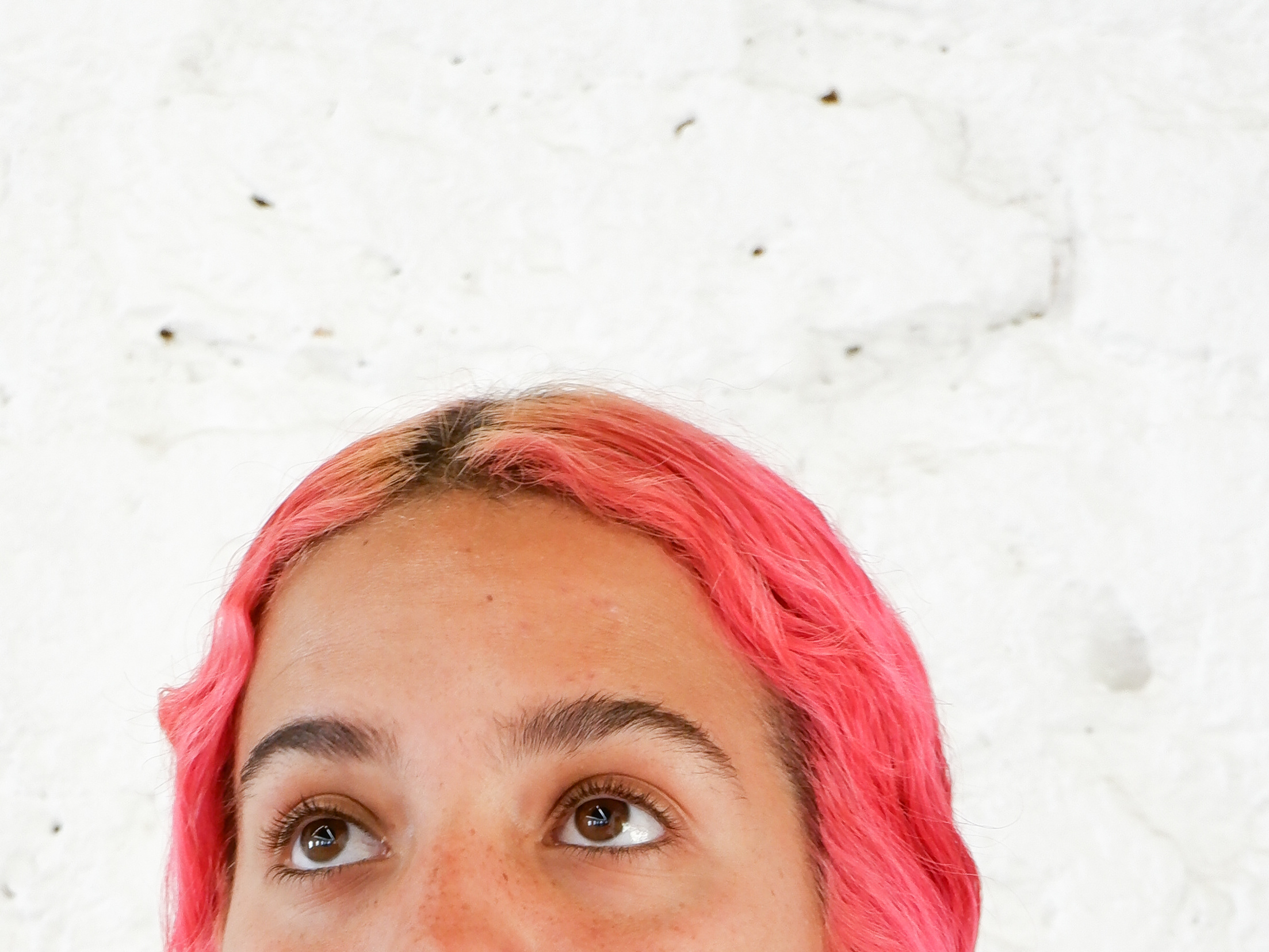I am an Indian photographer located in Hyderabad. I'm always on the lookout for culture, people, art, and customs so that I can better understand and utilize my photography to restore or store them for future generations. I want to see my art as an image-maker play a vital role and extend beyond the Indian borders while working on commercial ventures to continue personal endeavors.
I was taking detours to meet some locals on an assignment while pursuing my professional degree in the Nilgiris when I came across a small village. All I remember is rushing with my camera behind these people dressed in the same kind of shawls toward a temple-like structure. This was my first encounter with the Toda Tribe.
After receiving some unwelcoming looks, I approached the tribe's younger members who could speak English, who informed me that women are not allowed in or around the temple boundaries and that all of the men were worshipping the sacred buffalo by performing a dance and chanting. All of this felt surreal because it was my first time being among and within a tribe. In fact, I paid a fine for intruding and violating their rules for entering without consent. I surely irritated the tribe's leader, an elderly male member. While the men were performing rituals, I noticed a few women with beautiful hairdos in four partitions embroidering. During this encounter, I was able to capture some good images, but I knew there was more on the inside than what was accessible.
On my second trip to the Nilgiris, I learned more about them from the mund's eldest female (a Mund is a small group of 15-20 families). They continue to practice their traditions, but modernization has had a significant impact on their way of life. They have relocated and begun to live in cemented houses rather than thatched huts, and the tribe's younger members have begun to travel outside to different cities to pursue education and employment. We can all find information about their way of life so I won't go into detail here. But we don't see their struggle to keep up with changing times or how they manage this change.
They chose to become a part of an emerging era rather than vanish. With the commercialization of the Nilgiris and the influx of tourists, they've emerged and collaborated with brands selling various handmade products and textile garments adorned with the famous Toda embroidery. They have begun to establish a presence on various social media platforms. The Nilgiris Tourism Board has also made these previously inaccessible munds more accessible to regular tourists in order to promote their craft.
But I'm still not satisfied because there's more to tell. I'd like to continue working on the razor-thin line that separates what was and what will be. This is one such tribe that can also be a voice for the other tribes to survive, but my hunt is whether the very truth of their existence lives or not.
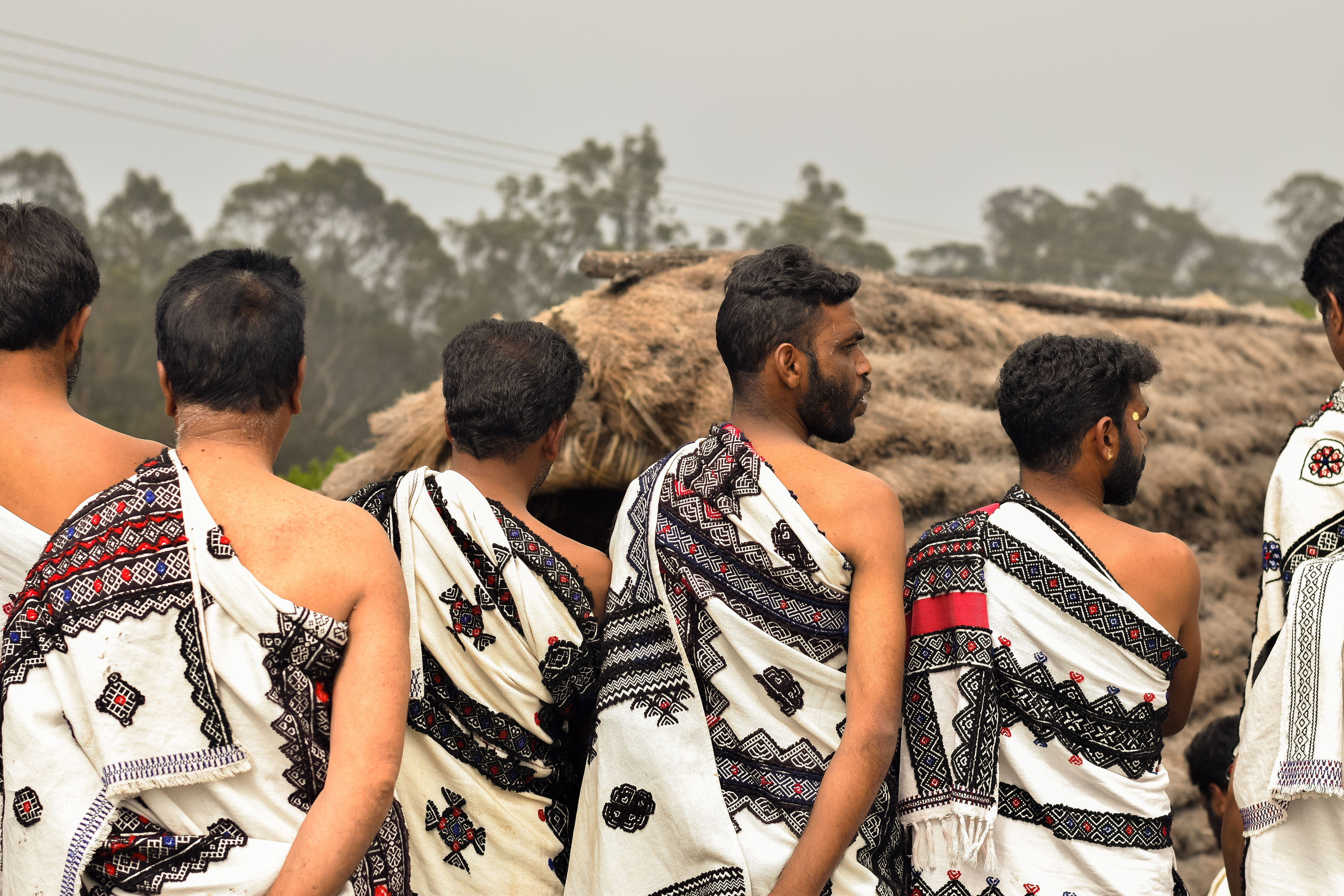
Male members of Toda Tribe
Who are they?
The Toda tribe is one of the oldest and most ancient tribal communities in Tamil Nadu, located at a higher elevation in the Niligiris district. They live alongside other indigenous tribes such as the Badagas and the Kurumbas. They are primarily dependent on pastoral activities and buffalo herding for a living, but they also rely on their age-old Toda embroidery for a living. This well-known embroidery of red and black threads on white fabric is one skilled example of their knowledge, art, and tradition. The Todas used to be a very closed community, but as their interaction with other people grows and lifestyle changes occur, they are becoming more approachable than before.
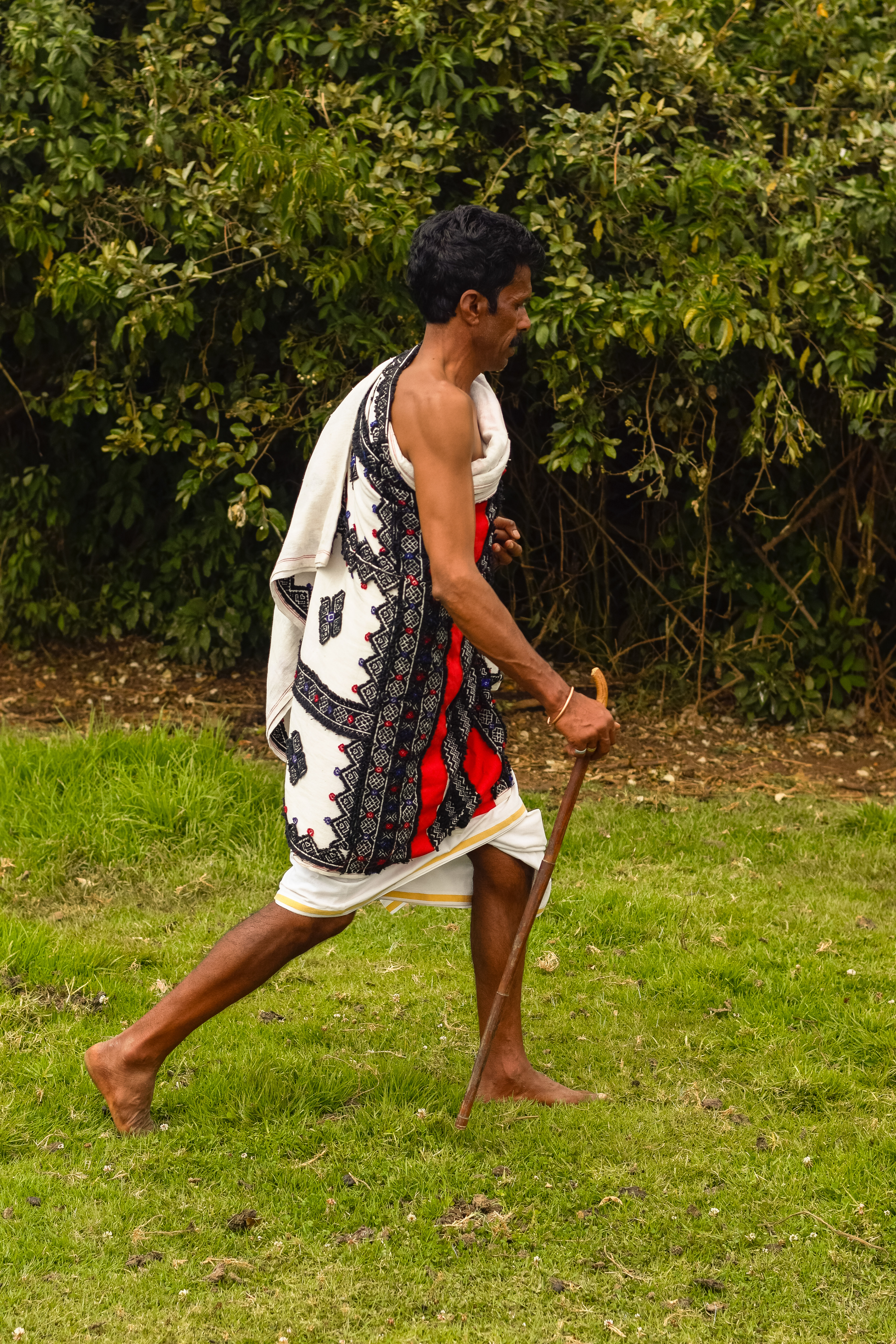
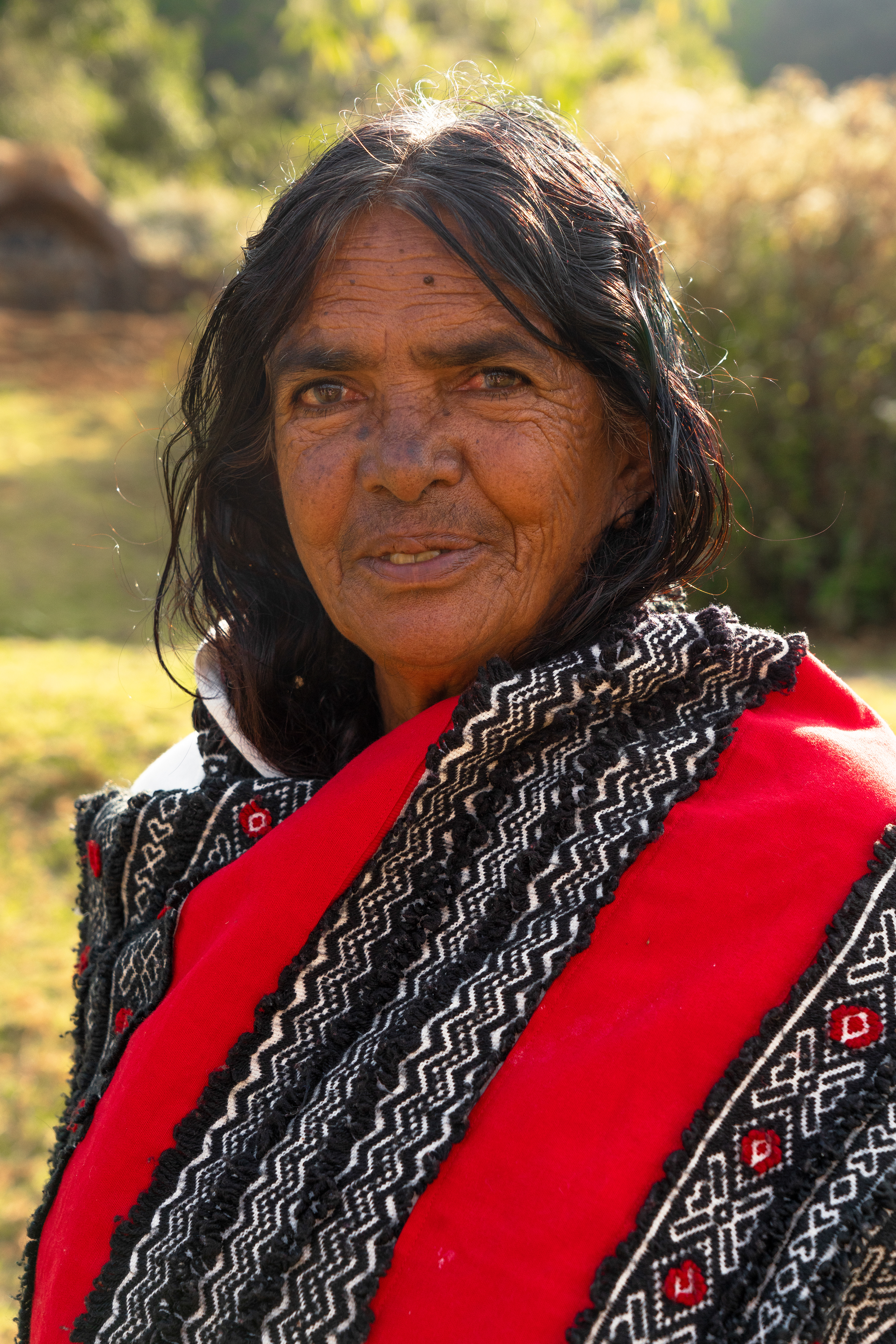
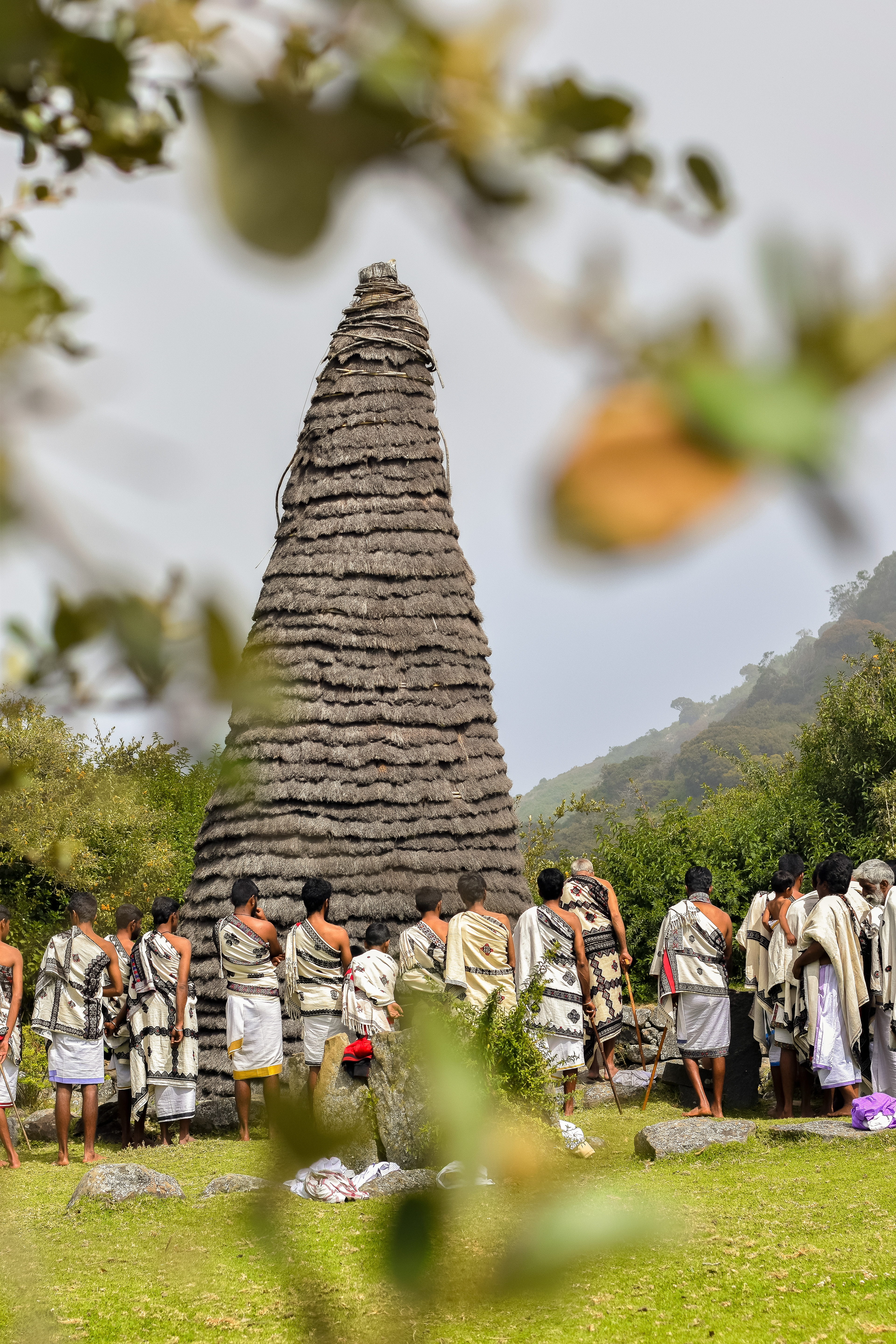
Toda Men surrounding the temple area
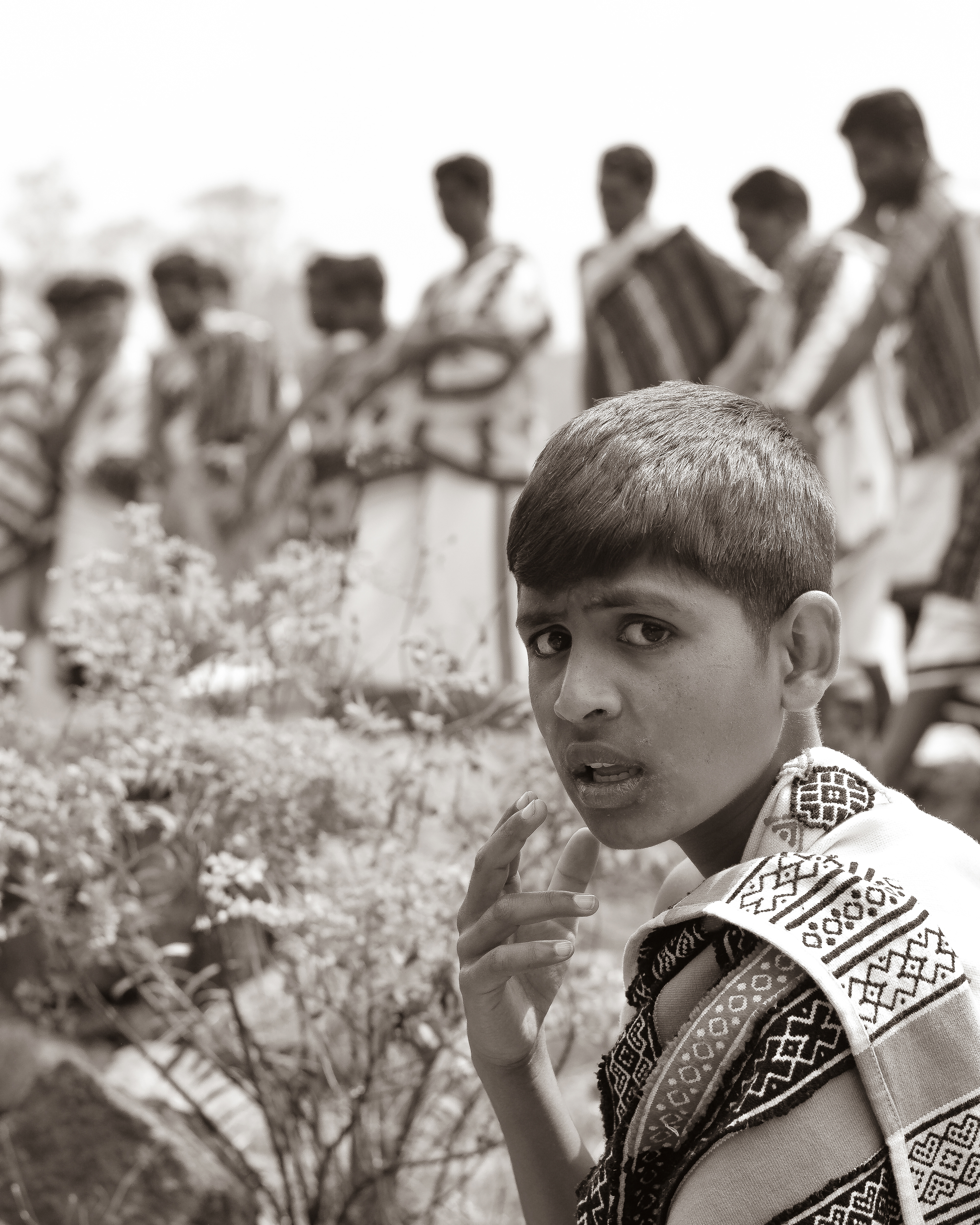
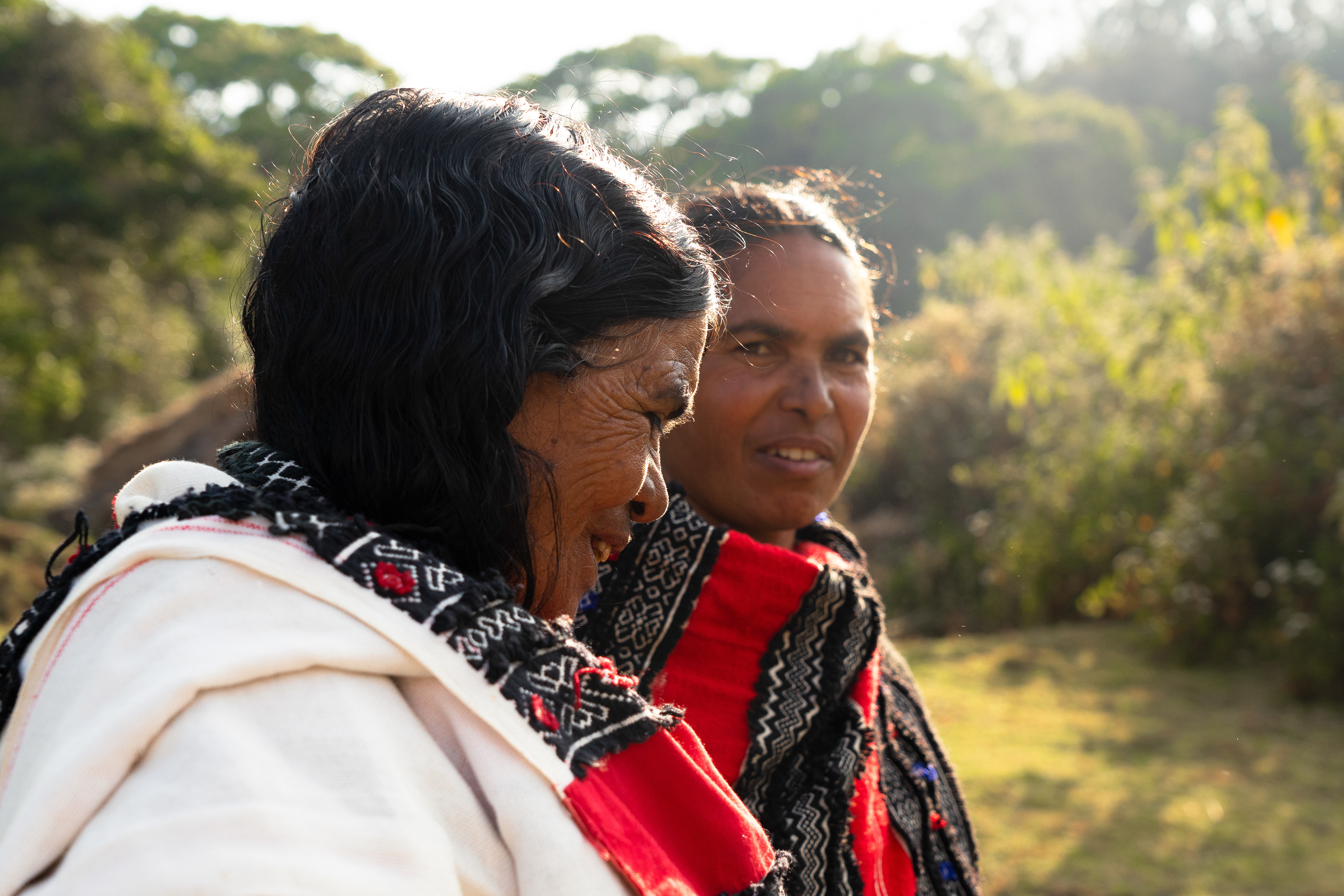
Toda Women in traditional attire
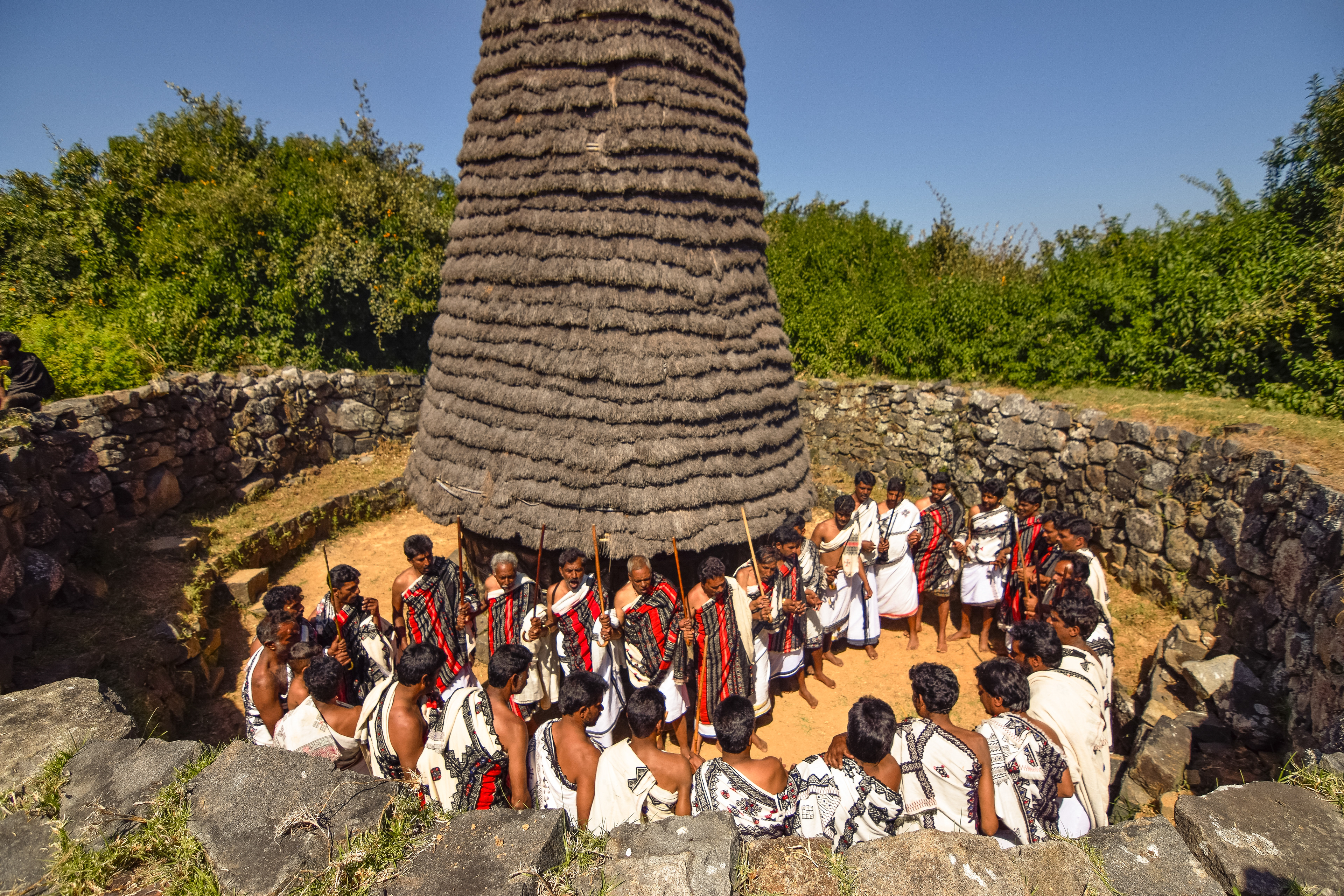
Toda men performing their ritual dance while chanting.
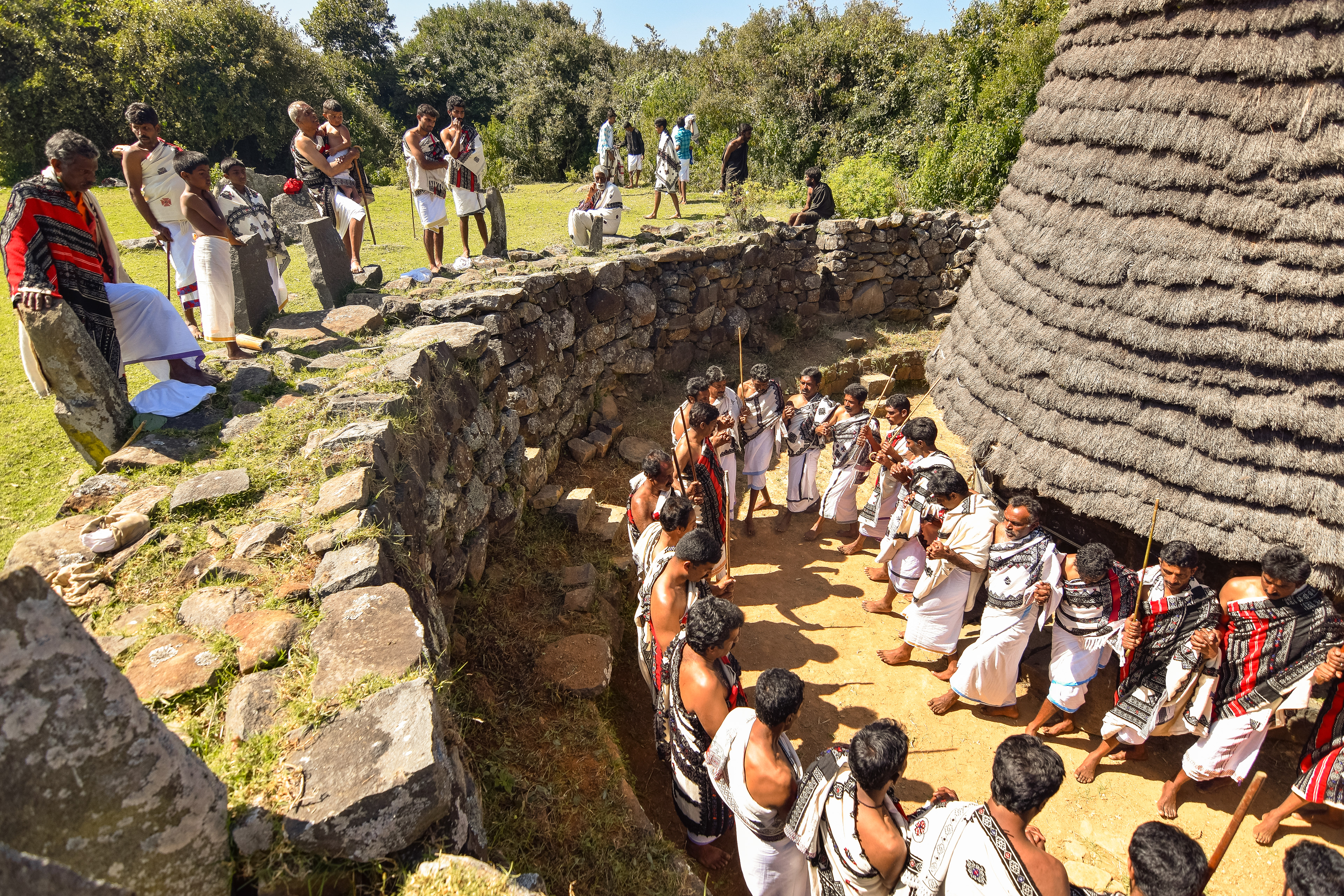
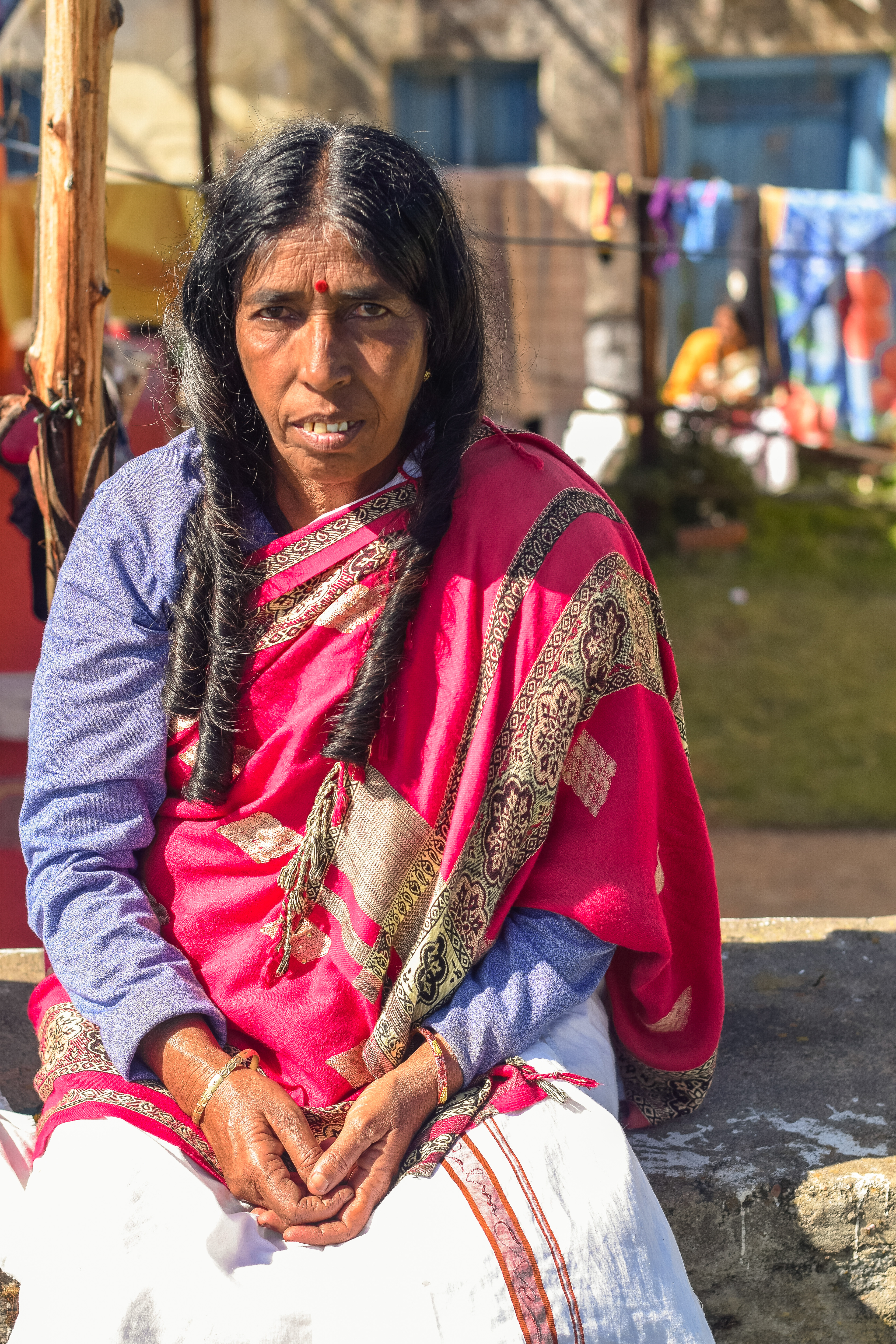
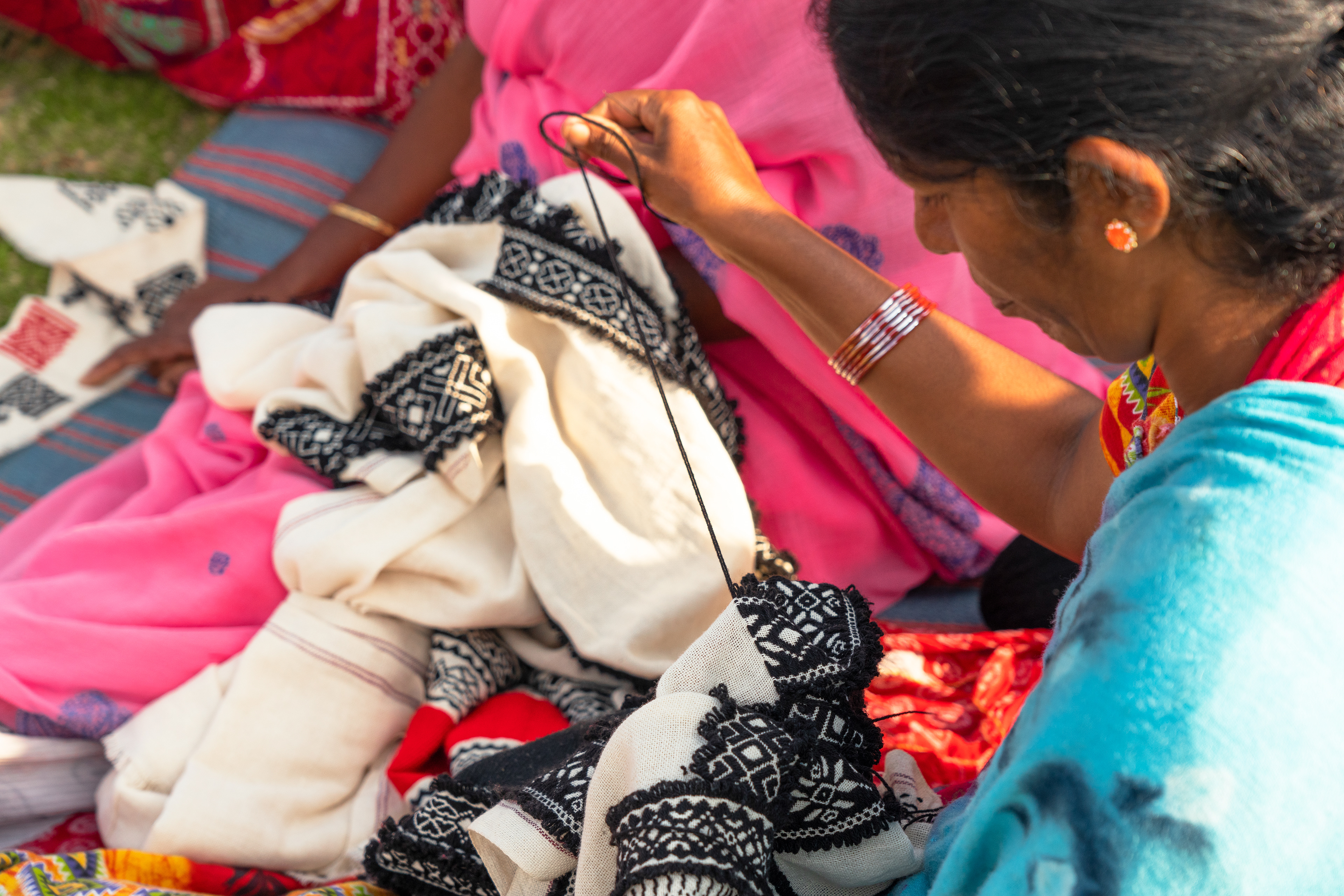
Traditional Toda Embroidery
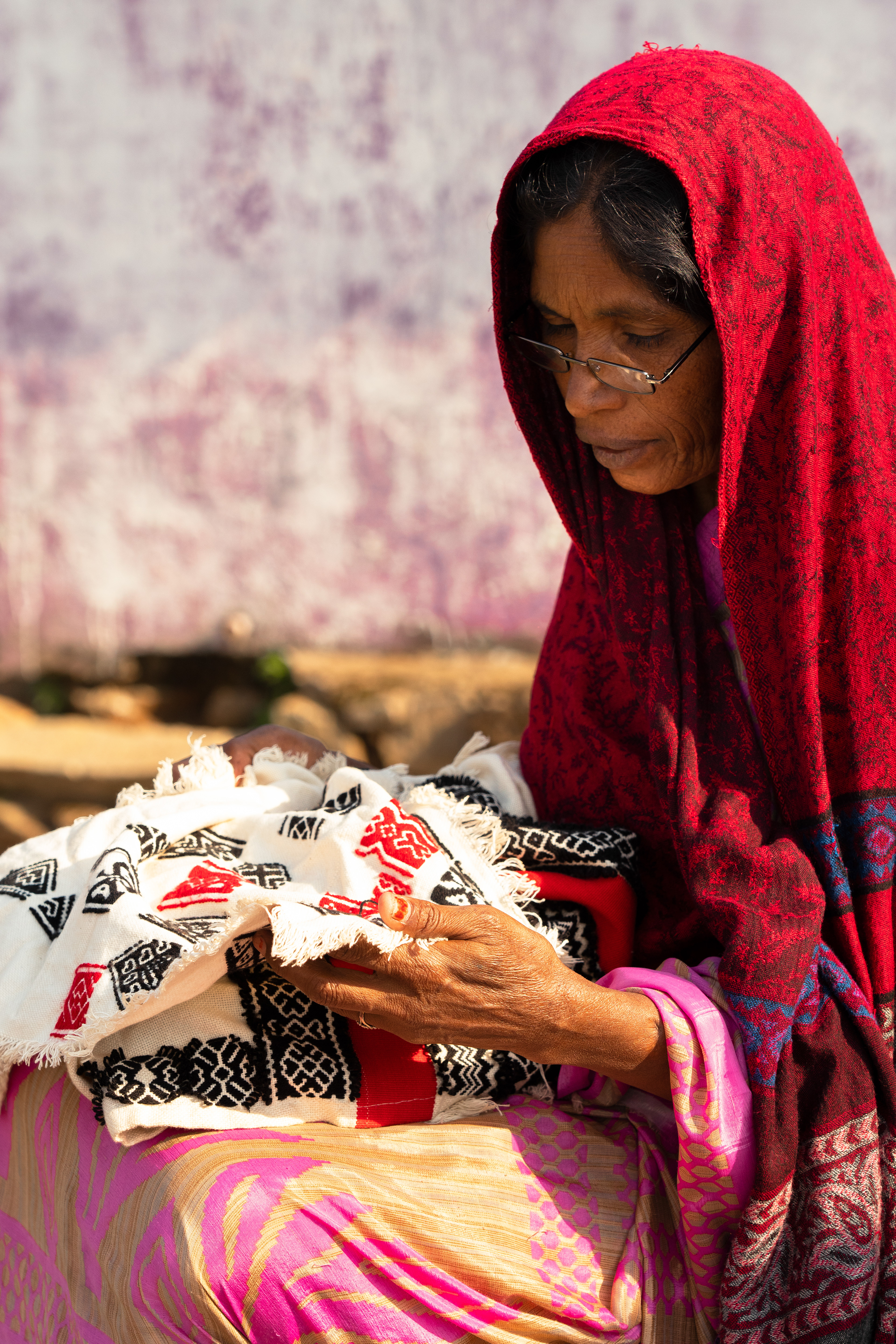
Toda Woman
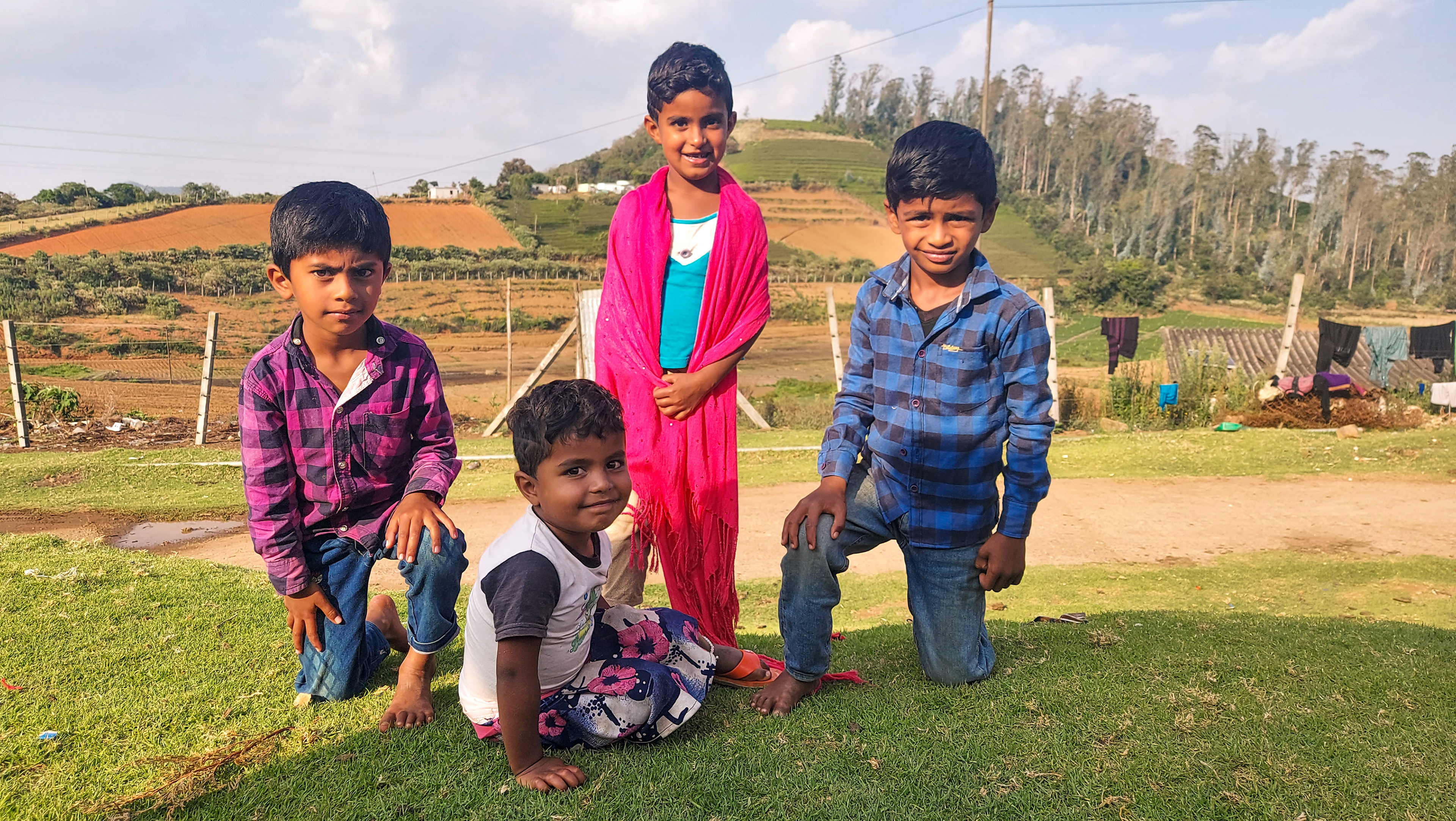
Toda Kids posing for the camera
